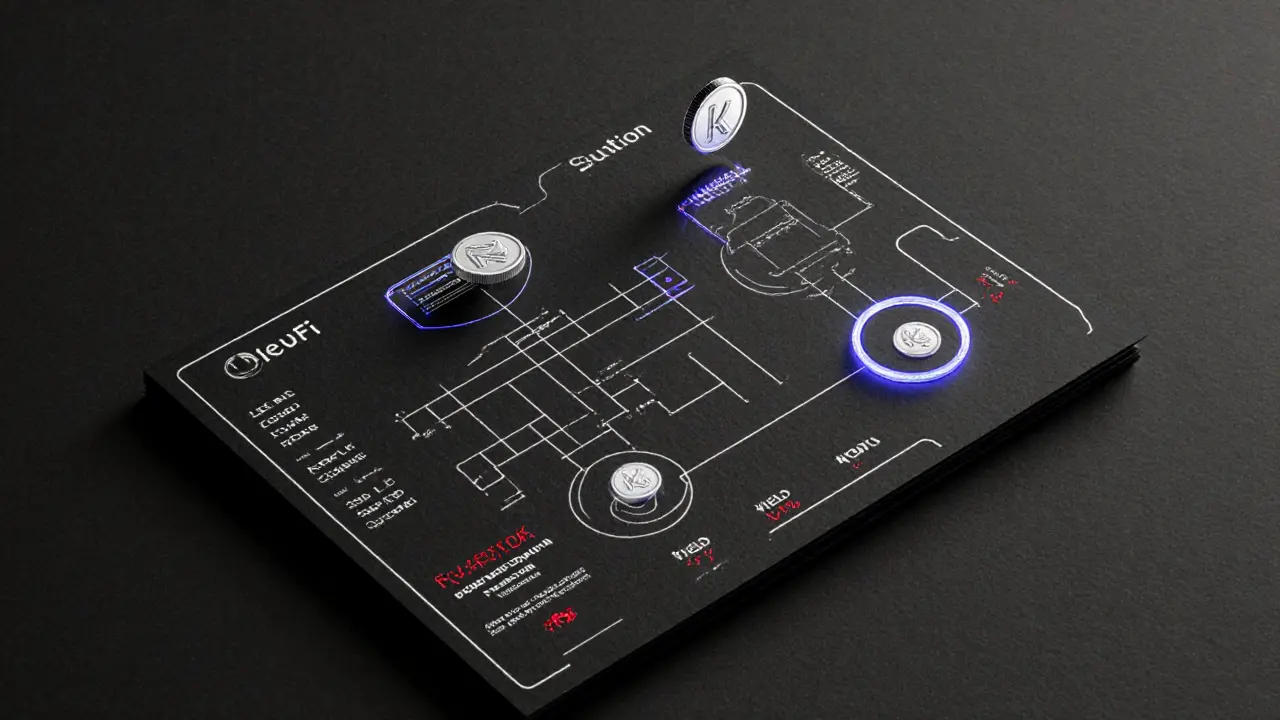Cosmos blockchain: What it is, how it works, and why it matters
When you hear Cosmos blockchain, a network of independent blockchains that communicate with each other using the IBC protocol. Also known as the Internet of Blockchains, it was built to fix one of crypto’s biggest headaches: isolated chains that can’t talk to each other. Unlike Ethereum or Bitcoin, which are single chains, Cosmos lets you run your own blockchain—customizable, fast, and still connected to the rest of the ecosystem.
This isn’t just theory. Projects like Osmosis, Juno, and Axelar run on Cosmos because they need speed, control, and the ability to send tokens directly to other chains. The magic happens through the IBC protocol, Inter-Blockchain Communication, the standard that lets blockchains securely exchange data and assets. No bridges. No wrapped tokens. No middlemen. Just direct, trustless transfers between chains like Cosmos Hub, Terra (before its collapse), and even non-Cosmos chains that adopted IBC.
Behind the scenes, the Cosmos SDK, a modular framework for building custom blockchains using Go makes it easy for teams to launch their own chains without starting from scratch. You pick the consensus algorithm, the token model, the governance rules—and boom, you’re live on the Cosmos network. That’s why over 200 blockchains now use it, from DeFi apps to gaming chains.
But Cosmos isn’t perfect. It’s not a single chain, so security isn’t automatic. Each chain must secure itself—some use Proof of Stake with ATOM, others run their own validators. That means if you’re trading on a new Cosmos chain, you’re trusting its validators, not the whole network. And while IBC is powerful, it’s still new. Bugs happen. Relayers fail. Chains go dark. That’s why you’ll find posts here about real-world risks, not just hype.
You’ll see articles here about how Cosmos enables cross-chain DeFi, how ATOM staking works, and why some chains built on it succeed while others vanish. There are no fluff pieces—just real breakdowns of what works, what doesn’t, and why. Whether you’re a developer thinking about building on Cosmos SDK or a trader wondering if ATOM is worth holding, the posts below give you the unfiltered truth.
Kujira Fin Crypto Exchange Review: Real Yield DeFi or High-Risk Gamble?
Kujira Fin isn't a real exchange - it's a DeFi ecosystem on Cosmos. KUJI token is down 80% from its peak, not listed on major exchanges, and highly volatile. Learn if it's still worth using for real yield or just a risky bet.
VIEW MORE
